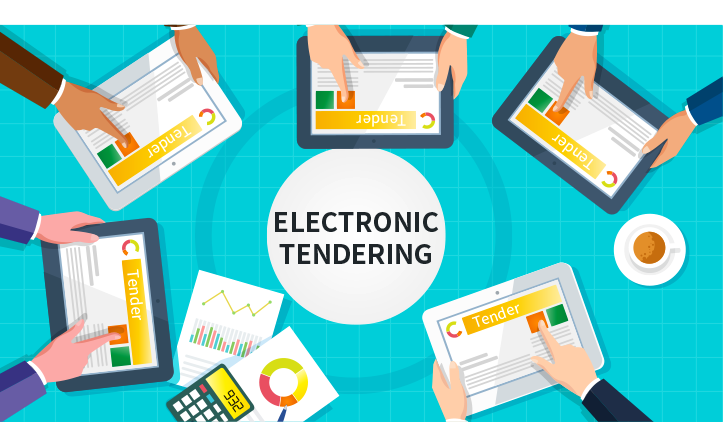Challenge
The tender process is a structured process for fairness and transparency, which includes rigorous screening, bidders’ letters of intent, bidding requests and evaluation.
Each tender process is different, depending on the contracts and how the buyer needs to evaluate the bidder.

Bid submission is a stage of the bidding process where suppliers need to explain how to deliver the contract, including technical solutions and pricing recommendations. Suppliers must provide high-quality, persuasive narrative responses to demonstrate that they are the best fit for the contract. This is your chance to stand out from your competitors and show why you are the right company to deliver your contract. Then the buyer will screen out the most suitable bidders and finally select the winning supplier.
As part of the procurement, suppliers will be evaluated for price and quality during screening so that buyers can make an informed decision as to who is best suited to deliver the contract. Suppliers must complete the bidding process correctly, with no room for error. Their bid documents will not be evaluated only on the basis of the lowest price, but also on the quality, narrative part of the bid documents.
Tender is a complex, tedious and time-consuming process that requires the skill and dedication of the tendering team to deal with the job complexity. Some quality or even leading suppliers choose to avoid bidding, a costly and lengthy pre-sales investment.
Solution
SRM provides an electronic tendering workflow, replacing the original paper one that is extremely cumbersome and cannot be cross-checked. It allows the tender team and the bidding team to work efficiently.
Improve efficiency
SRM increases tender efficiency because it guides you through a structured process. It leads you step by step, sometimes requiring you to finish one section before moving on to the next. Even if this is not the case, tenders are divided into separate parts and often have specification requirements, making it easier for suppliers to offer buyers the information they need.
The layout and questions are clear, so the suppliers engaged don’t have to worry about format or form. No one benefits from the design or creative edge.
For this reason, electronic tendering can level the playing field to some extent. For traditional tenders, factors such as design style and settling criteria beyond the requirements may adversely affect the results. With SRM, everyone is answering the same questions, often within a set word limit, so it is easier for evaluators to make objective decisions.
SRM contains a foolproof mechanism. For example, prevent bidders from submitting electronic bids when they have not completed all required sections, or issue alerts when bidders offer incomplete content or have no attachment. That said, suppliers are less likely to submit non-compliant bids without completing the required questions.
Using SRM means you can pick up where you left off. The system tells you how much has been completed and how much hasn’t, which is important for project management and keeping bidding on track.
Quality improvement
SRM helps raise suppliers’ bidding efficiency and reduce their pre-sale bidding costs, attracting more high-quality suppliers to participate. Having a group of such suppliers is a major competitive advantage. With SRM, this group of suppliers still needs to bid, but the most prominent one wins.
SRM supports quality management of tender teams with better integrity of goods, services, engineering and supplier information, and facilitates instant access to current and historical tender information.
Increase transparency
Another benefit of using SRM is that all tender participants can see all content and audit trails, which improves the integrity and transparency of the tender process. Not only does this give suppliers a fair chance (which is what e-tendering does for them), it also allows your team members to log in and find the information they need.
Valid supplier data
The biggest headache for the tender team was the lack of a complete supplier database that involves personnel, past jobs and experience, and performance evaluations. If the team uses the SRM system, they will gradually build up a supplier database related to their business transactions, which will eventually become a valuable asset to their enterprise.









